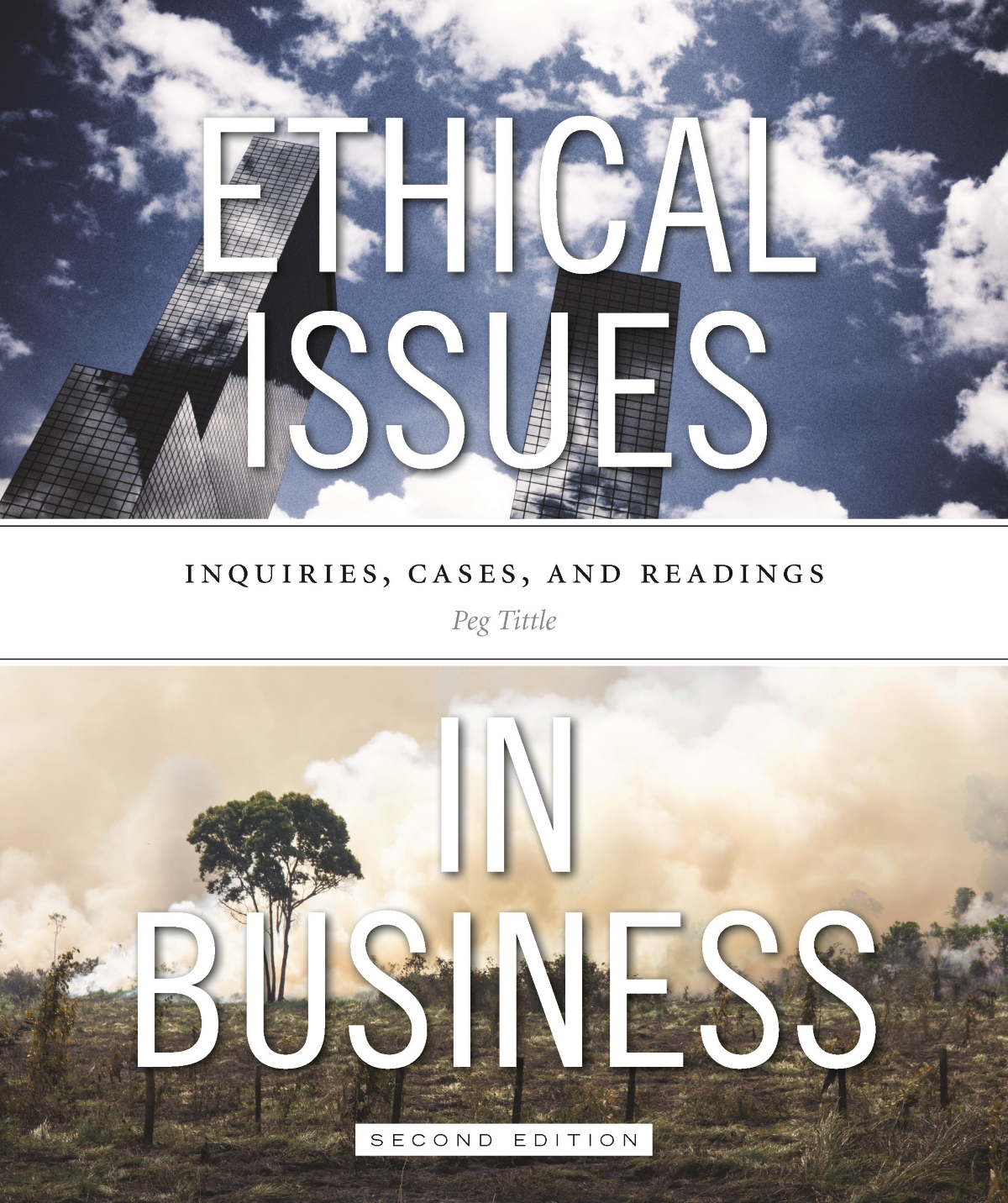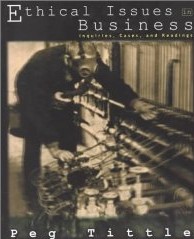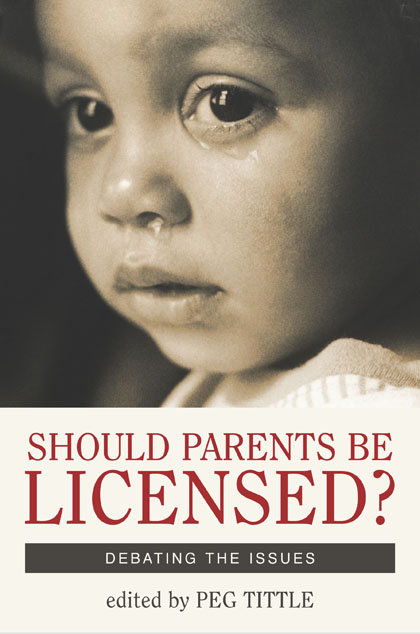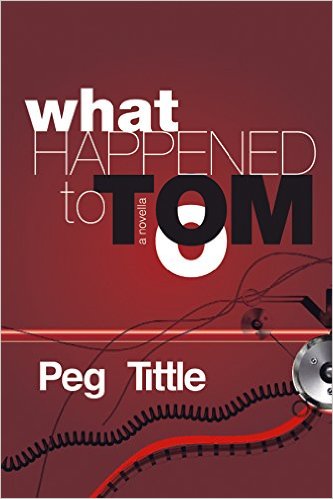Every second Friday is ‘Casual Day’ at the office–the principal lets us wear jeans to school. I need two degrees to do my job, but apparently I just can’t seem to dress myself.
In addition to that of infantilizing the subordinates, Causal Day underscores the tradition of hypocrisy, the tradition of pretending: financial advisors who work on your portfolio at home probably do most of their work in jeans and a sweatshirt; they just change, they just put on the facade, the uniform of authority and competence, when they’re in their office. Do they think we’re idiots? Do they think we judge a book by its cover, do they think we’re fooled that easily?
Well, yes, they do. And they’re right. Behold the power of a suitcoat and tie: it says ‘I’m to be respected’. Anyone up on charges who borrows a suit for his day in court knows that. Oh, but the judge would be a fool to be suckered in by that. Yes–and so are we.
We also fall for the laser-printed essay or resume over the dot-matrix-printed one, the custom-made business card over a name and number written on a piece of paper, the bass voice speaking with grave pauses over the soprano who inflects upward at the end of each sentence. We even have a word for prioritizing pretence over substance–professionalism.
Another disturbing thing exposed by Casual Day is that the more formal the attire, the more gendered it is. Formal dress is rigidly male or female: three piece suit and tie or dress and high heels. Less formal attire is less gendered: slacks or jeans and a blouse or shirt. The most casual is completely ungendered: the old ‘sweats’. The thing is this: a suitcoat and tie outranks a dress and high heels. (Women wear pseudo-suits; men never wear pseudo-dresses.) So as long as formal attire is required, men will outrank women. A male teacher once said he was so very grateful for his suitcoat and tie during his first year of teaching, as it gave him the authority he needed to control his class. It didn’t occur to him that female teachers can’t depend on attire for the respect and attention they need to effectively teach their classes. Nor did it occur to him that perhaps he thereby contributes to their ‘inability to control the class.’ If teachers were allowed casual dress, so men and women wore the same stuff, the gender gap would decrease. (And no one would be able to control their classes then.)
As one who has often been reprimanded, and even suspended, for ‘inappropriate attire’, let me just say that I think the whole thing is rather pathetic–what does it mean when the word ‘subversive’ can actually apply to fabric choices?



















